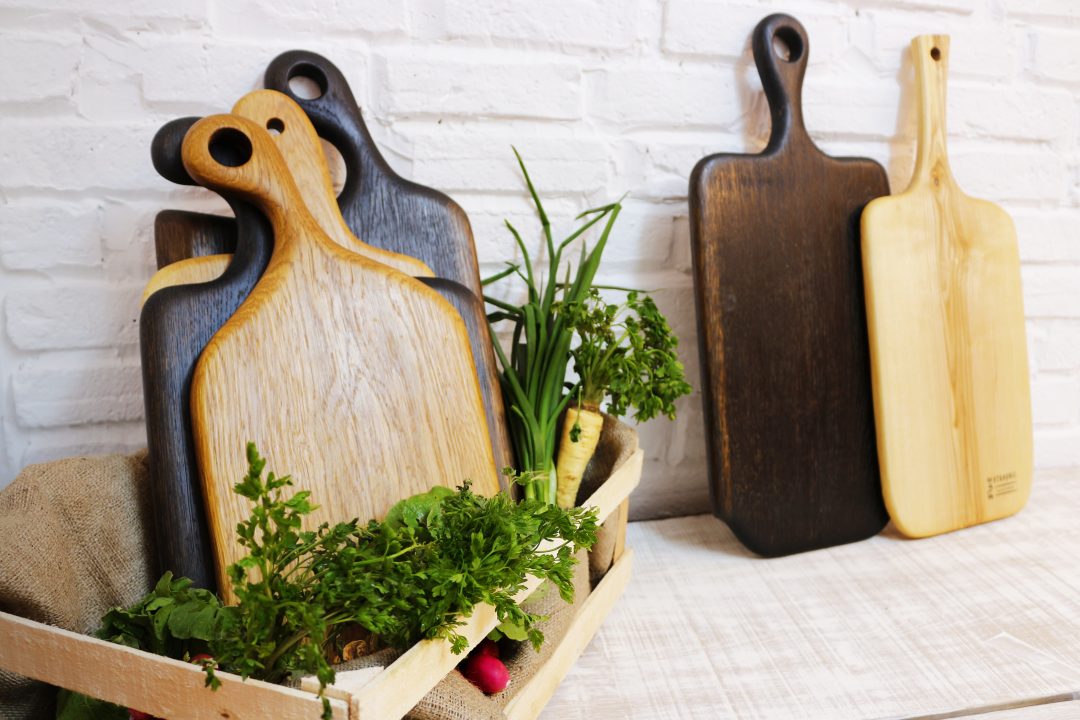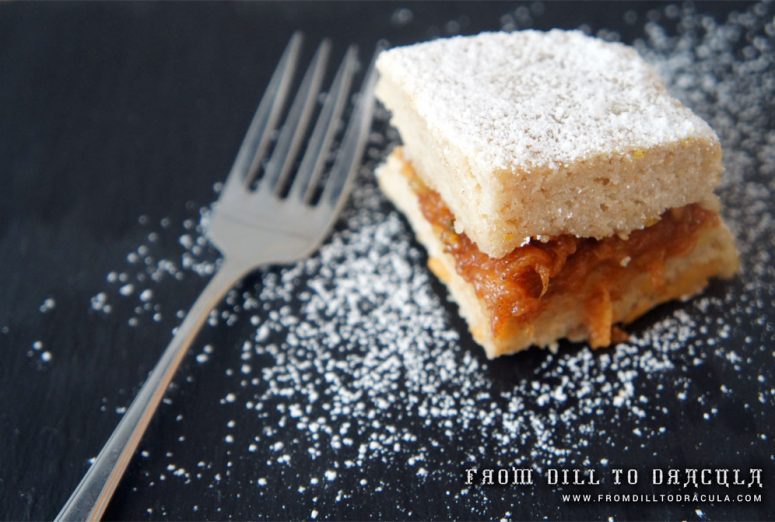
header via FreeImages.com
This is a prelude for my soon-to-come Let’s Talk About Dracula series (those who know me knew this had to be coming soon. I’m kind of obsessed with vampires). Until then, and to get us all in the appropriate frame of mind, I wanted to share some of my favorite memes/gifs/puns having to do with the infamous Vlad the Impaler. I hope these haven’t been circulated too well on the world wide web because they’re really best enjoyed the first time around.
Continue Reading

I’ve been looking for ways to incorporate my love of Romania in my interior decorating; a simple, yet effective, way to scream loud-and-proud, I’m Romanian. This is me! I love traditional artwork (post on that soon), but for my hanging wall of paintings, I felt a more modern representation of Romania and its culture would fit best.
For your viewing pleasure, here are some of my favorites:
Continue Reading
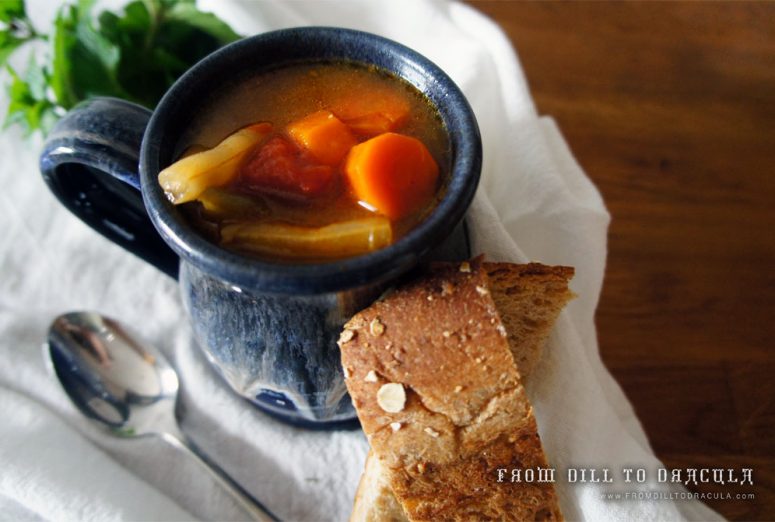
Contrary to what you might think, this soup, in particular, is a staple of summer and not the bitter cold of winter. Take a second to let that sink in. I still haven’t convinced my husband of it, but it’s true! We’ve been so engrained to think soup = cold, but in Romania, this Transylvanian Green Bean Soup is often made during the warm months. No, it’s not cold like gazpacho; it’s served warm, with a dollop of sour cream (or my alternative: Greek yogurt). You’ll love how the cream/yogurt plays off of the beans, turning a broth-based soup into creamy goodness (with less calories!).
This is the type of soup you can set and forget. I’ve made it early in the day, simmering until dinnertime. Of course, you can eat it right away, too, but the longer it’s cooking, the more the flavors marry together. I love when flavors marry!
↓ Recipe below ↓
Continue Reading
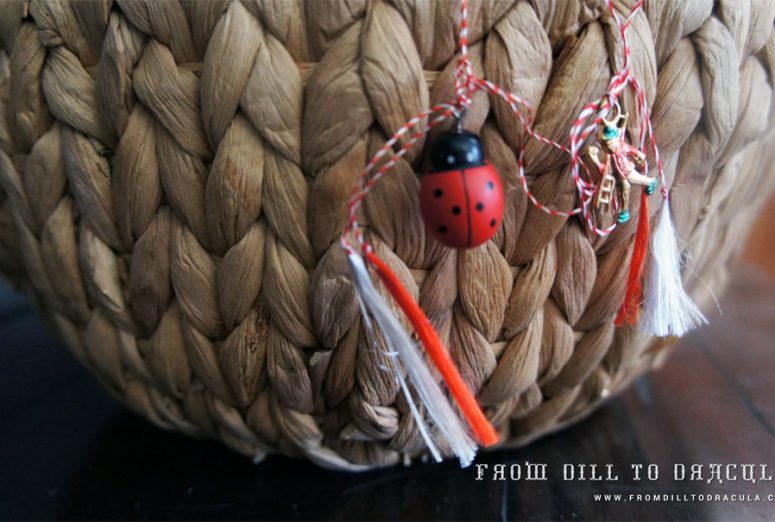
One of the traditions I remember most growing up, although never having participated in, is the mărțișor (pronounced mart-e-shore), which translates to little March (martie meaning March in Romanian). Beginning on March 1st, and continuing through the month, the mărțișoare are handed out to women (and, in some regions, men, as well). The mărțișoare is a thin, red and white cord, sometimes with a little charm affixed to it. Those without a charm are meant to be worn on the wrist, as a way to herald in Spring. Even though we’re well past March, I like to wear my mărțișoare as a piece of jewelry. It reminds me of Romania and is a great conversational opportunity to share this unknown cultural treasure with others. 🙂 The charms each have a special meaning, for instance, a chimney sweep is said to bring good luck to those who you meet on your way.
Funny meaning for a chimney sweep, huh? But sweet, nonetheless.
Continue Reading
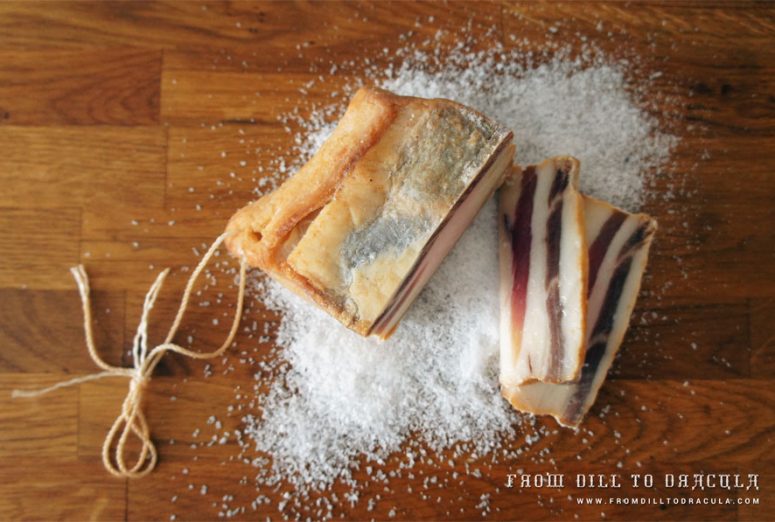
Happy 4th of July! Nothing seems more fitting than talking about a Romanian meat delicacy on a day where brats, hot dogs, and hamburgers are consumed in mass quantities! (I’m right there with you. I expect at least one of each later today.)
There are some things I don’t have the means (or, let’s face it, the skillz) to create. But, thankfully, I can look to my grandfather, who has been making these Romanian recipes for decades, to provide me with my quarterly fix of some of these items. One of those is the equivalent of bacon, Slanina (pronounced sl-ah-neen-ah), though my family calls it clisa (pronounced klee-sa).
As is with many smoked Romanian meats, slanina is a pork product, made from the abdominal area or the back of a pig, and tends to be more gras (fat) than meat. It’s cured and smoked, and then ready to eat! Or, if you’re like me, you stock up on your pieces of slanina so you never run out. Since it’s cured, it can be stored in your refrigerator or freezer for quite a while.
Continue Reading
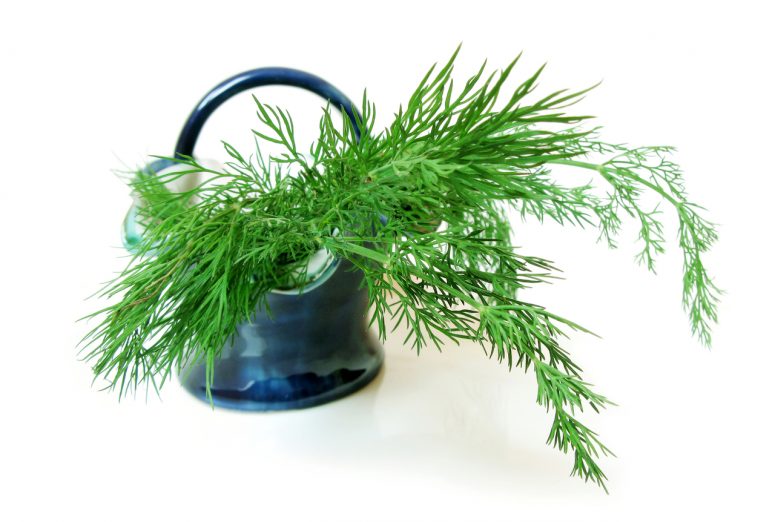
That’s Hello World in Romanian 🙂
And welcome to From Dill to Dracula.
Let me explain a little bit about this blog, and (maybe eventually) aspiring cookbook.
Growing up, with my parents, grandparents and great-grandparents cooking traditional Romanian food for me and my sister, I discovered—in the least pleasant of ways—that dill is a staple herb in a Romanian kitchen. As a kid, I wasn’t a fan. But, as I’ve aged, my tastebuds have become accustomed to the familiar aromatic herb (or, weed, some might consider when it takes over a garden) in such a way that I’m happy to incorporate it into my recipes, Romanian or not.
Continue Reading

